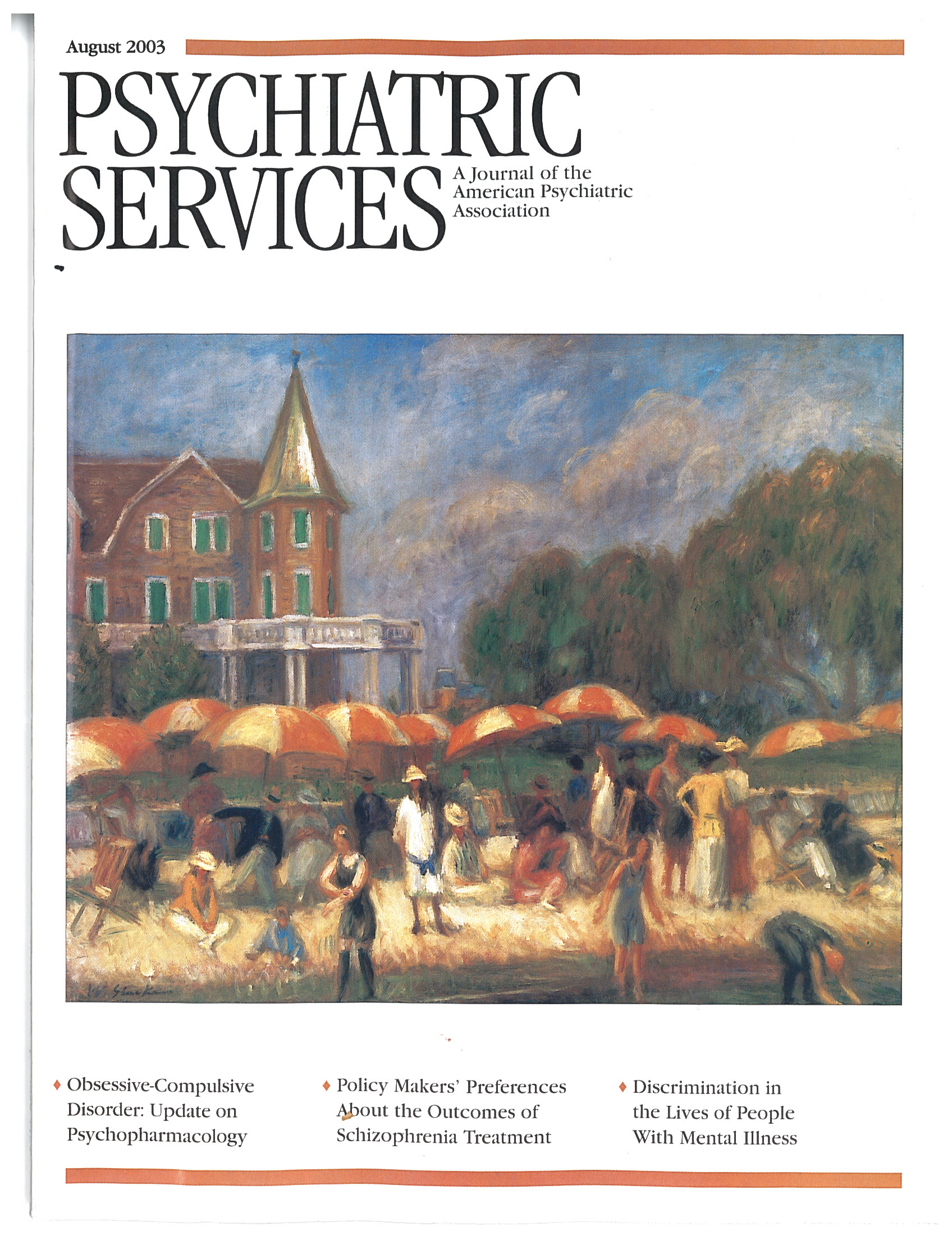Gambling Participation and Problems Among South East Asian Refugees to the United States
Abstract
OBJECTIVE: Gambling is common among South East Asian refugees, but no known studies have evaluated the prevalence of pathological gambling in these populations. The purpose of this study was to assess rates of gambling participation and gambling problems among South East Asian refugees. METHODS: Ninety-six immigrants to the United States from Laos, Cambodia, and Vietnam who attended community service organizations for these ethnic groups in Connecticut were asked to complete the South Oaks Gambling Screen (SOGS), which had been translated into their native languages. Demographic information as well as data on recent gambling activities were also obtained. RESULTS: The SOGS retained high internal consistency in the sample, with a Cronbach's alpha of .90. The lifetime prevalence of pathological gambling was 59 percent. Rates of gambling problems did not differ across the three ethnic groups. However, being male, divorced or separated, and younger were significant predictors of pathological gambling. More than half of all the respondents had gambled within two weeks of the interview, and 42 percent had wagered more than $500 in the previous two months. CONCLUSIONS: These data call for more research into the social, environmental, and cultural context of gambling among South East Asian refugees. Ethnically sensitive prevention and intervention strategies are needed to address the extraordinarily high rates of gambling problems in this population.



